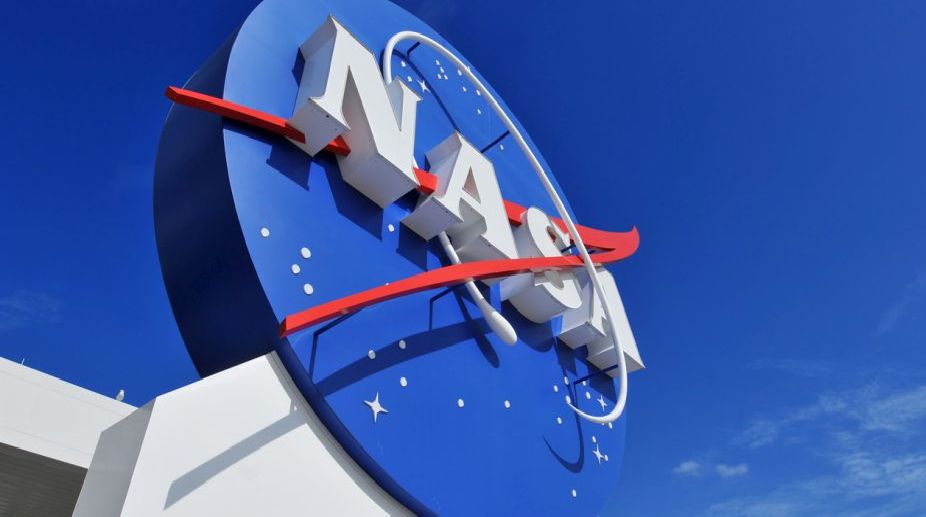NASA scientists have developed a simple method that could aid search for signs of life on other planets by analysing amino acids, the structural building blocks of all life on Earth.
The test uses a liquid-based technique known as capillary electrophoresis to separate a mixture of organic molecules into its components.
Advertisement
The method is 10,000 times more sensitive than current methods employed by spacecraft like NASA's Mars Curiosity rover, according to a study published in the journal Analytical Chemistry.
While capillary electrophoresis has been around since the early 1980s, this is the first time it has been tailored specifically to detect extraterrestrial life on an ocean world, said lead author Jessica Creamer, a postdoctoral scholar at NASA's Jet Propulsion Laboratory (JPL), Pasadena, California.
"Our method improves on previous attempts by increasing the number of amino acids that can be detected in a single run," Creamer noted.
"Additionally, it allows us to detect these amino acids at very low concentrations, even in highly salty samples, with a very simple 'mix and analyse' process," Creamer said.
The researchers used the technique to analyse amino acids present in the salt-rich waters of Mono Lake in California.
The lake's exceptionally high alkaline content makes it a challenging habitat for life, and an excellent stand-in for salty waters believed to be on Mars, or the ocean worlds of Saturn's moon Enceladus and Jupiter's moon Europa.
The researchers were able to simultaneously analyse 17 different amino acids. These amino acids were chosen for study because they are the most commonly found on Earth or elsewhere.
"Using our method, we are able to tell the difference between amino acids that come from non-living sources like meteorites versus amino acids that come from living organisms," said the project's principal investigator Peter Willis of JPL.
"One of NASA's highest-level objectives is the search for life in the universe," Willis said.
"Our best chance of finding life is by using powerful liquid-based analyses like this one on ocean worlds," Willis noted.







